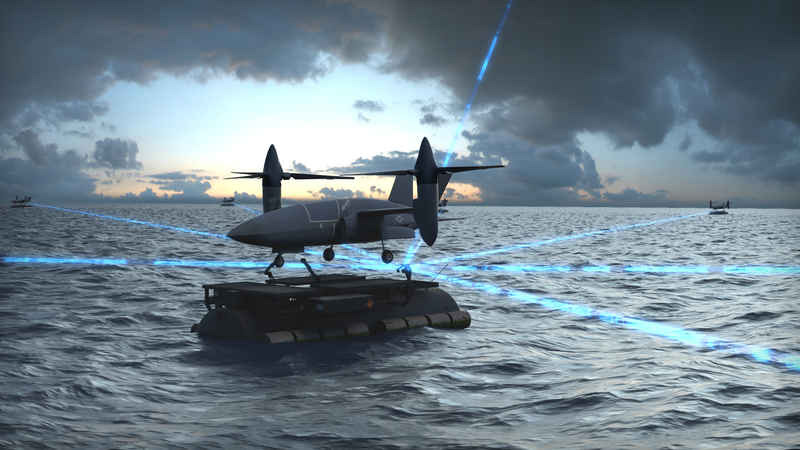High-Speed Vertical Takeoff and Landing X-Plane of Bell Takes Next Phase of Defense Program

Bell Textron Inc., an aerospace manufacturer, has been entered into Phase 1B of the Defense Advanced Research Projects Agency (DARPA) Speed and Runway Independent Technologies (SPRINT) X-Plane program to create the next generation of air mobility platforms that can achieve fixed-wing jet speeds in horizontal flight, without relying on traditional airfields.
Another company that was also selected by DARPA for the next phase of SPRINT is Aurora with its design, which is a blended-wing body type incorporating fan-in-wing rotors for a vertical lift.
With an aircraft that looks almost nothing like its competitor’s, Bell’s SPRINT design builds high-speed vertical takeoff and landing (HSVTOL) technology as well as leverages experience to inform the X-plane development for this program.
In fact, the concept of HSVTOL was built based on Bell’s expertise in developing the world’s first operational tiltrotor, it combines the hover capability of a helicopter with range, the speed of at least 400 kts, and the survivability of a jet plane.
Before being selected into Phase 1B, Bell’s HSVTOL technology made ground track tests for flight control systems, how the engine nacelles can convert from the rotor to forward jet propulsion, and how to fold back the rotors into the nacelle to reduce drag.
Once fully developed, the Bell prototype will not only catch the capability to cruise at up to 450 knots (518 mph, 833 km/h) for a range of 200 nm (230 miles, 370 km) and at altitudes up to 30,000 ft (9,100 m) but also is pilot-optional. Moreover, it will be able to carry up to 5,000 lb (2,300 kg) of payload in a compartment designed for a variety of missions.
In addition, Bell is also known as the one who not only developed high-speed vertical lift technology for more than 85 years but is also a pioneer in innovative VTOL configurations.
Although HSVTOL aircraft today are only found on fighter planes like the classic Harrier or the F-35B Lightning II, DAPRA wants to expand this to more versatile, survivable airframes to provide runway independence for missions, such as special forces insertion, or disaster relief in inaccessible areas.

 Tech Steel & Materials
Tech Steel & Materials
Comments are closed